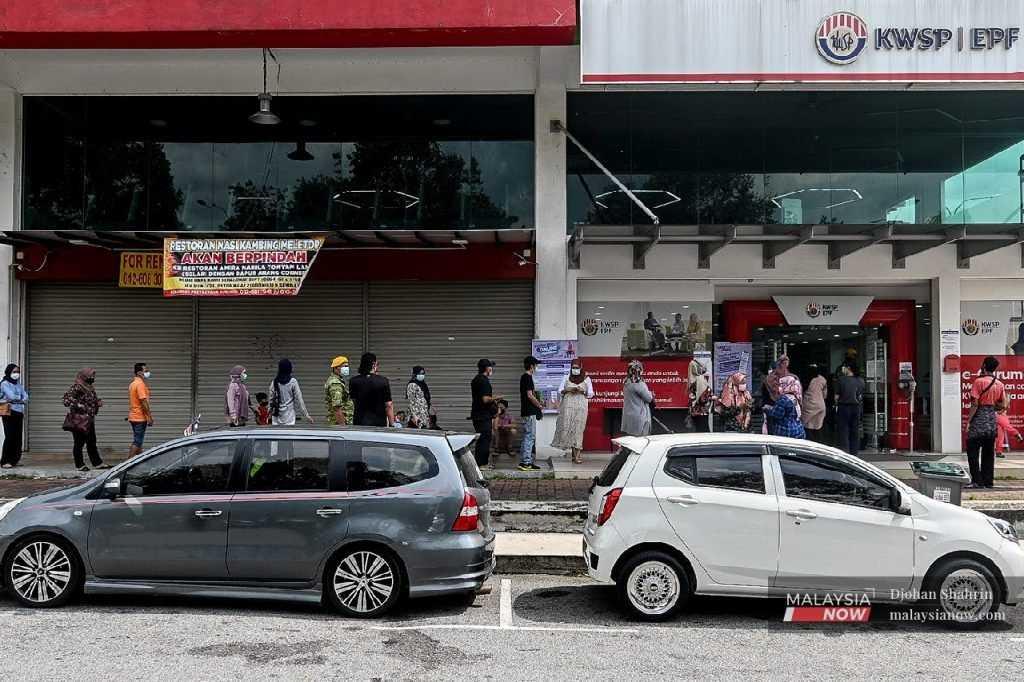Govt only helping EPF dig a deeper financial hole
Instead of allowing workers to withdraw more and more of their savings, the government should set up a fund to give financial aid to those who are truly in need.
Just In
The Consumers Association of Penang (CAP) has cautioned the government several times about allowing Employees Provident Fund (EPF) members to withdraw their savings through i-Lestari and i-Sinar in 2020, i-Citra in July 2021, and the special withdrawal in March 2022. However, these warnings fell on deaf ears.
EPF funds are meant for its members’ retirement and not for them to withdraw to tide over financial difficulties during the movement control orders. Such withdrawals will leave them impoverished.
Our concerns were proven correct when the media reported in early August that EPF members withdrew RM145 billion under the four withdrawal programmes, and almost RM10 billion from the impact of the employee share statutory contribution rate reduction programme, totalling about RM150 billion.
As a result of the withdrawals, a total of 6.62 million (52%) members of the total of 12.78 million EPF members under 55 years old had savings of less than RM10,000. Another 3.2 million (25.04%) of the age group had less than RM1,000 in EPF savings.
According to Deputy Finance Minister I Mohd Shahar Abdullah, EPF members can choose to contribute beyond the employee statutory contribution rate of 11% at any time. His suggestion is without basis, with no regard for the situation on the ground.
With the soaring inflation rate, people are finding it hard to survive each month and it will take the country a few years to recover. Is it realistic to expect the B40 and lower M40 EPF members to contribute more than the statutory 11% within the next few years?
According to the EPF, a person would need to save at least RM240,000 by the time he or she retires at 55 to cover basic needs such as food and everyday costs. That doesn’t take into account the depreciating value of the savings due to inflation.
In March, Finance Minister Tengku Zafrul Aziz said that EPF would have to “dispose of more overseas investments”. He also said it would have to cease domestic investments in the short to medium term if the special withdrawal of RM10,000 was allowed. This was not good news for the 14 million EPF members.
The combined effect of the employees withdrawing their savings and the reduction in their statutory contribution rate is to force the EPF to sell its assets to pay reasonable dividends. It paid a dividend of 6.10% for conventional savings and 5.65% for shariah savings for 2021, amounting to a total of RM56.8 billion. How can this go on? When the chickens come home to roost, there will be insufficient funds to pay dividends.
In these challenging times, the government must not allow eroding employees’ savings to help those who need financial aid. It must set up a fund and give financial aid to those who are in real need.
Mohideen Abdul Kader is president of the Consumers Association of Penang.
The views expressed in this article are those of the author(s) and do not necessarily reflect the position of MalaysiaNow.
Subscribe to our newsletter
To be updated with all the latest news and analyses daily.
Related Articles
Most Read
No articles found.
